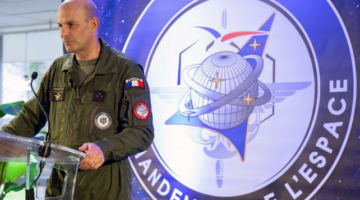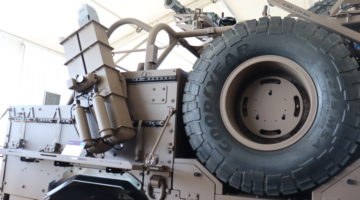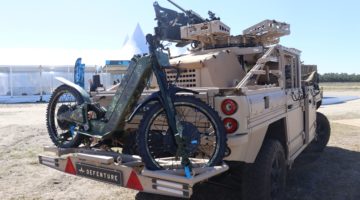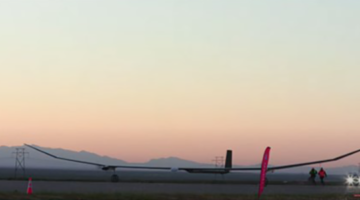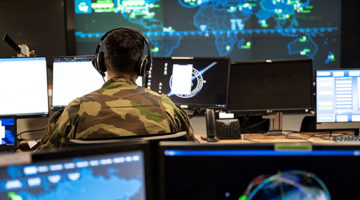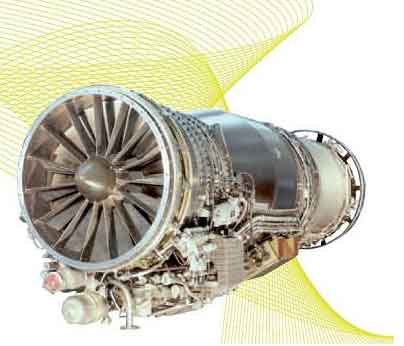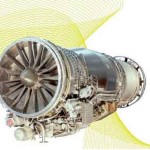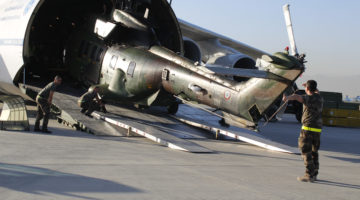Par Murielle Delaporte
md@sldinfo.com
Semaines des 1er et 8 novembre 2010
Net francophone
9/11/2010 – MCO : accord SIAé – SNECMA
“Un accord de partenariat sur la maintenance des moteurs M53 (Mirage), M88 (Rafale) et TP400 (A400M) a été signé pour une durée de 5 ans.(…) Cet accord vise ainsi à mettre en œuvre des solutions innovantes d’organisation industrielle afin d’améliorer le soutien des moteurs Snecma pour l’ensemble de ses utilisateurs.” [Lire l’article >>]
Références : http://www.defense.gouv.fr ; http://www.snecma.com ; http://bourse.challenges.fr ; http://www.opex360.com ; http://defensenews.com
3/11/2010 – La DGA en OPEX
“A la DGA, un vivier d’ingénieurs partage aujourd’hui ces expériences en opex. « Chaqueconflit à sa spécificité , poursuit Norbert Fargère. En Irak, par exemple, nousavons envoyé quelquespersonnels sur des problèmesde déminage ou deprotection NRBC. En ex-Yougoslavie et au Kosovo,davantage d’ingénieurspour travailler entre autres surla mobilité des véhicules et lematériel anti-sniper. Une dizained’entre nous se sont déjà rendusen Afghanistan dans les deuxdernières années, notammentpour les problématiques d’utilisationrégulière des EEI par lesinsurgés, mais également lors dudéploiement de certains armements sous avion, ou bien encorepour s’intéresser aux systèmesd’information. »” [Lire l’article >>]
Références : http://www.defense.gouv.fr/dga/actualites/des-ingenieurs-de-la-dga-en-opex ; http://www.spyworld-actu.com/spip.php?article14078

Les Echos de la SIMMT
11/2010 – La lettre d’information de la SIMMT est née
“Acquérir un matériel nouveau, par une opération d’armement ou un achat sur « étagère », c’est toujours vouloir accroître et renforcer les capacités des forces avec des équipements plus performants toutes actions d’acquisition, de gestion et de maintenance auxquelles la SIMMT s’emploie activement. (…) Ainsi, l’année 2009 a-t’elle vu la projection du CAESAR, du BUFFALO, du PVP, du VAB TOP, des brouilleurs RC-IED et de divers équipements SYRACUSE III. En 2010, le VBCI, le VAB VENUS et l’ARAVIS ont eux aussi pris le chemin des théâtres d’opérations.” [Lire Les Echos de la SIMMT n°1 en version pdf >>]
Référence : Les échos de la SIMMT numéro 1, novembre 2010
Net anglophone
3/11/2010 – MCO et manque d’ingénieurs
“Many MRO firms are trying to make up for their staff shortfall by poaching from other MRO companies. The other tactic MRO firms are using is to recruit maintenance engineers from the air force or related industries such as the marine industry (…). But a longer-term solution is to get schools to include aerospace in their curriculum, he says, referring to both vocational training colleges as well as high schools.” [Lire l’article >>]
Référence : http://www.aviationweek.com
2/11/2010 – Déclaration franco-britannique : quelques retombées en matière de soutien et logistique
“10. A400M support. We are developing a common support plan for our future fleets of A400M transport aircraft. This will reduce costs, improve spares availability and open the way for further co-operation in maintenance, logistics and training, for both deployed and home-based operations. We are in the final stages of negotiations with industry to agree a single contract with Airbus Military, which is to be signed by the end of 2011 so that integrated support is in place for the arrival of the first French aircraft in 2013.
11. A400M training. We will establish a bilateral Joint User Group to facilitate co-operation on the development of A400M training to inform operating techniques and procedures as well as exploring opportunities for synthetic and live training. (…)
15. Air to air refuelling and passenger air transport. We are currently investigating the potential to use spare capacity that may be available in the UK’s Future Strategic Tanker Aircraft (FSTA) programme to meet the needs of France for air to air refuelling and military air transport, provided it is financially acceptable to both nations. (…)
19. We will continue with our significant R&T co-operation, devoting an annual budget of €50m each to shared research and development, with the aim of increasing this where possible. Our joint work will focus on a set of 10 priority areas that will include time critical research support to satellite communications, unmanned systems, naval systems and complex weapons. It will also include new areas of critical industrial importance such as sensors, electronic warfare technologies, and materials, as well as novel areas such as simulation and a jointly funded PhD programme.”
[Voir la Déclaration en anglais dans son intégralité >>]
Référence : http://www.number10.gov.uk
 www.airforce-technology.com
www.airforce-technology.com
11/2010 – Simulateurs de vol russes
CSTS Dinamika is a Russian leader in the sphere of flight simulators for military fixed and rotary-wing aircraft. Today the company’s priority is re-equipment of AFA, training centers and combatant units with modern simulation training devices that enable flight crews’ training on a completely new level and in real-world conditions. The company has supplied flight simulators and training devices for the Su-33, Su-34, L-39, MiG-29, Il-78 as well as for helicopters such as the Mi-8MTV, Mi-171, Mi-17-1V, Mi-24PN, Mi-24P, Mi-28N, Mi-35M, and Ka-52. >> [Pour plus d’info >]
Référence : www.airforce-technology.com


